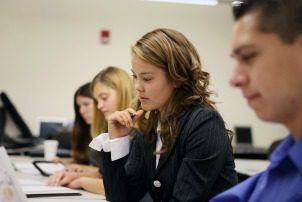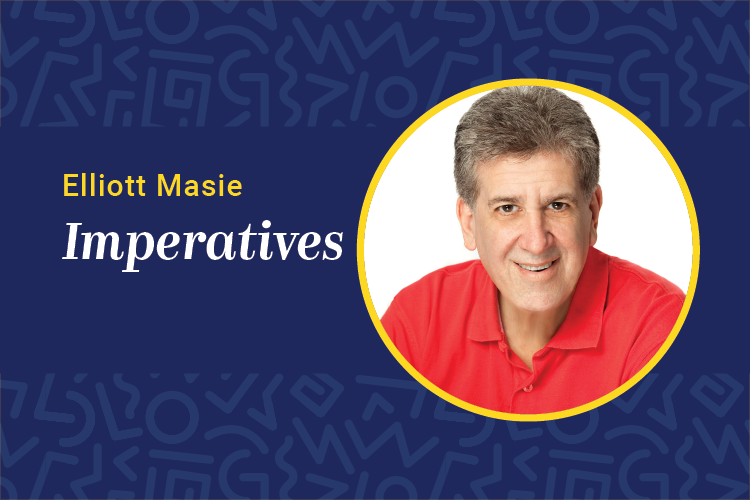 Imagine eating in a restaurant where the chef never tastes the food. Risky, right? We all want our cooks to adjust, tweak and improve the cooking experience by tasting periodically. Every cooking show has the cook take taste checks throughout. And, when I had Bobby Flay as a keynote speaker at my conference, he shared that the recipe was just a guideline; he had to taste the sauce to confirm the result was excellent.
Imagine eating in a restaurant where the chef never tastes the food. Risky, right? We all want our cooks to adjust, tweak and improve the cooking experience by tasting periodically. Every cooking show has the cook take taste checks throughout. And, when I had Bobby Flay as a keynote speaker at my conference, he shared that the recipe was just a guideline; he had to taste the sauce to confirm the result was excellent.
Now, let’s apply this formula to learning development and delivery. How often do we, as learning professionals, take complete learning programs, including our own, to make sure the learning “taste” is excellent?
When I have asked groups of my learning colleagues these questions, the results are quite revealing:
- How often do you, as a learning professional, take a complete e-learning program?
- How often do you attend a complete classroom program?
- Do you currently have a coach to help improve your performance?
Few of us say yes. In fact, when offered a typical 20-hour classroom program, many of us ask if there is something quicker — yet we develop for that duration.
Learning professionals must be experiential learners. To be an experiential learner we must first consciously participate in and consume the learning and technology methodologies our organization is using. Every time I take a course or participate in an e-learning program, there are immediate ahas for me as a designer/producer. I understand the learner experience better, and I align more deeply to the learner’s needs and pressures.
As we consume our own learning experiences, we discover these key findings:
Sequences: Learners often don’t flow with the content sequence of a curriculum. The sequence defined by the subject matter expert may make sense on a chart, but not to a learner.
Learner knowledge: Often, our design targets a lower level of current learner knowledge, especially in compliance and regulatory training programs. Yet, as we take the programs ourselves, we can discover more efficient ways to leverage what our learners already know.
Timing matters: We often design around time durations that are rituals. Webinars should be 60 or 90 minutes. Classes should be one, two or five days. E-learning modules should be half an hour. Sadly, we often choose the time duration before we fully define the content or the learners’ realities.
Technology overhead: Is the technology easy to use and without worry, or does it create a time and effort overhead that blocks the user from concentrating on learning?
Learning professionals must be innovative learners. As learning professionals in a field that actively experiments with new technologies, formats and design models, we have to be in a regular beta test for these new approaches. Some will stick with users, like TED Talks videos. Some will be cool and then recede in use, like MOOCs or Second Life. And some just popped on the scene and should be explored. Here are a few innovations for you to check out:
Augmented reality: Pokemon Go hit a viral nerve and tens of millions of people played with a mobile game that combined real camera shots, map views and challenges. Try out many augmented and virtual reality programs, and ask how they might be adapted for learning someday.
360 video: Make a video that has a 360-degree field of view, using simple apps or inexpensive cameras. Create a video of a piece of the office environment, for instance, and play with designing it in a 360, user-steerable mode.
Daily peer coaching: Pick a single topic or behavior, and find a peer who will have a daily two- to five-minute check-in with you on a new skill or altered business process. For example, shift your email handling mode and have a peer ask you about it every day at 4 p.m.
Learning professionals need to be continuous learners. Our professionalism should include a commitment to try, consume and experiment with current, evolving and innovative learning models. Learning theories must be matched by our own conscious experience as learners in every mode. Your learning “taste buds” will be a powerful tool for learning improvement and excellence.
Elliott Masie is the chairman and CLO of The Masie Center’s Learning Consortium and CEO of The Masie Center, an international think tank focused on learning and workplace productivity. Comment below, or email editor@CLOmedia.com.














